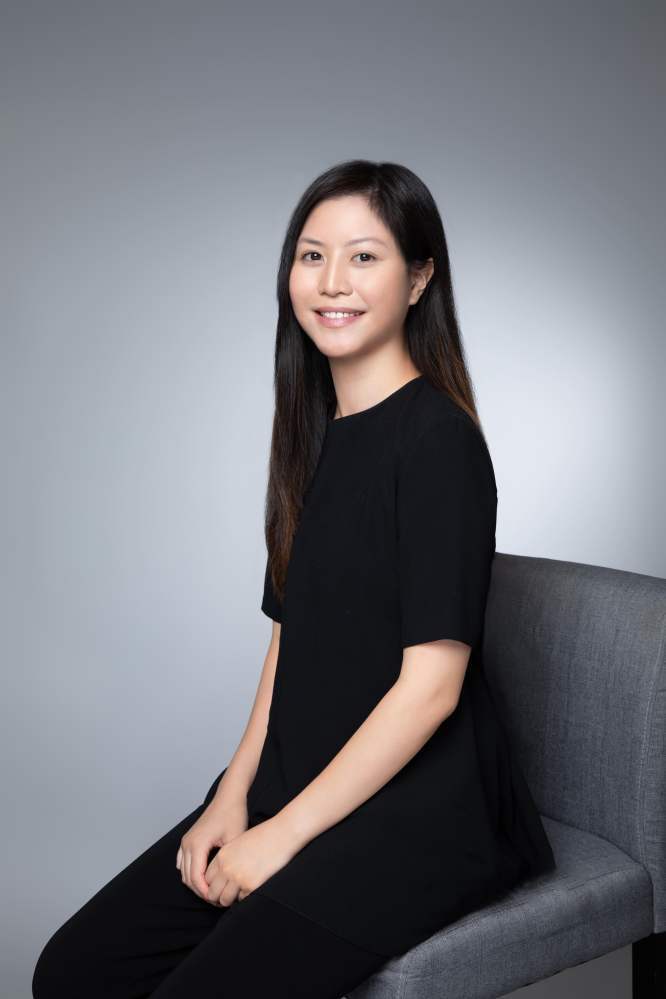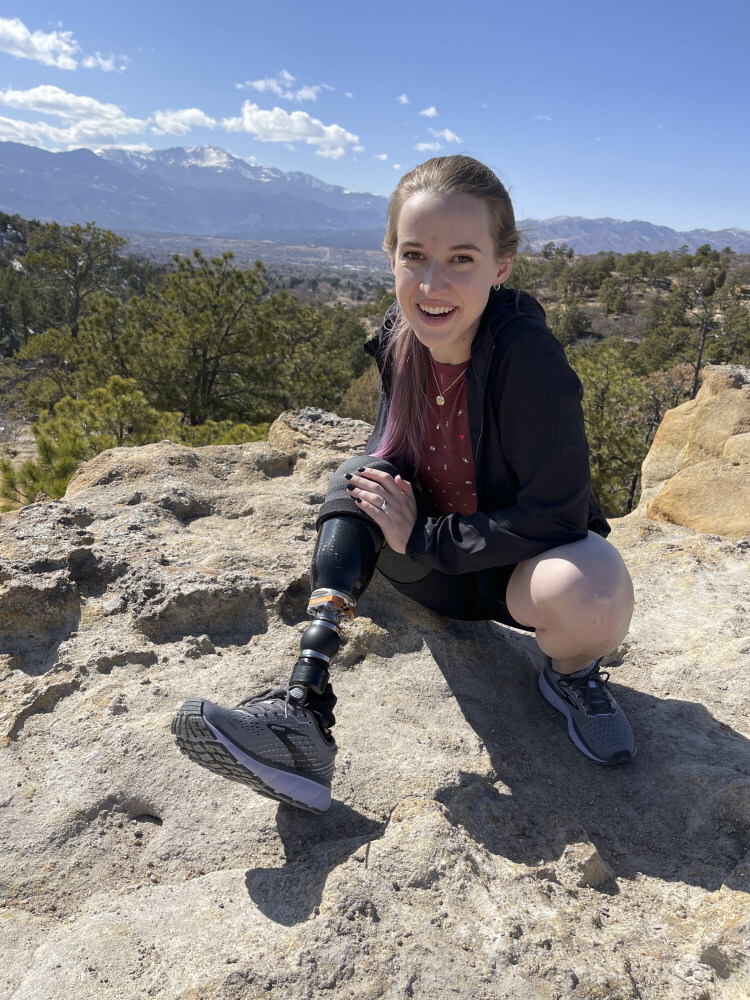
Living with migraines: two women on lifestyle changes that helped them, and other coping mechanisms
- Jo Beckwith and Rachelle Cheng both started having migraine attacks in their teens which carried on into adulthood, severely disrupting their work
- Global awareness campaign Shades for Migraine invites people to post photos of themselves wearing sunglasses on social media on June 21 in support of sufferers
YouTuber Jo Beckwith is having a good day, one that hasn’t been ruined by a migraine attack. That wasn’t the case earlier in the week when she was bedridden at her home in the US state of Colorado after travelling to Las Vegas and New York.
“There’s so much stimulation when I’m on the road, and that can trigger a migraine,” says 30-year-old Beckwith via Zoom, adding hers started in her teens – “around the time I started dating” – intensifying when she entered her early 20s. “I was nauseous, dizzy – just really out of it. And I struggled to form sentences. I always felt I kind of looked drunk.”
After visits to general practitioners, neurologists and specialists at the Mayo Clinic – a US academic medical centre focused on integrated health care – Beckwith was diagnosed with chronic migraine disease.
“My vestibular system gets really affected,” she says, referring to the sensory system that controls balance and spatial orientation. “Luckily, I’ve had the support of Brian my husband, who has been with me through this whole process of trying to get diagnosed.”
According to the Migraine Research Foundation, 1 billion people worldwide suffer from the neurological disease that typically reveals itself with a severe throbbing recurring pain, usually on one side of the head.
The foundation says attacks are often accompanied by visual disturbances, nausea, vomiting, dizziness, sensitivity to sound and light – and at times touch and smell – and tingling or numbness in the extremities or face.
A screwdriver through my eyeball: the true pain of a cluster headache
To help raise awareness, Beckwith joined Shades for Migraine, a global awareness campaign from the US-based Association of Migraine Disorders that on June 21 is asking people to wear sunglasses to support those living with the disease.
The campaign asks people to post a photo of themselves in sunglasses on social media with the hashtag #ShadesForMigraine and encourage others to participate.
“If you have a physical condition that people can see, then people empathise more,” Beckwith says.
She speaks from experience. Beckwith is an amputee who, after 14 years of pain and failed ankle surgeries following a horse-riding accident, made the difficult decision in 2018 to have her leg amputated below the knee.
She says coping with “invisible” migraine disease has been more challenging than coping with a missing leg.
“I’ve not had to struggle to find compassion or help for my leg, but I’ve had to struggle to find compassion or sympathy, or even be taken seriously by doctors, for migraine attacks. And I can’t function when a migraine attack hits, whereas with an amputation, it can be frustrating, but I can live life.”
How to prevent and treat migraines with or without medication
Support is vital to those who often get told their migraine is “just a headache”.
“My work history has been dictated by my migraine story,” Beckwith says. “I could not work a normal 40-hour-a-week, nine-to-five job, in an office with triggering fluorescent lights. No matter how kind people were, I could not do my job.”
The World Health Organisation says migraine is the sixth-highest cause of years lost due to disease.
“Eventually I built up my social media, and this is what I do full time,” says Beckwith, whose YouTube channel, Footless Jo, has 167,000 subscribers. She has 38,000 followers on Instagram.
“I’m fully in control of my schedule, which I’m insanely grateful for.”

Like Beckwith, Hongkonger Rachelle Cheng’s migraine attacks started in her teens.
“I got bad headaches, nausea, vomiting and really bad photophobia – sensitivity to light,” she says. Sensory stimuli such as bright lights and sun glare, and also loud sounds and strong smells – perfume, paint thinner, second-hand smoke – can trigger a migraine in some people, the Mayo Clinic says.
“They worsened when I got into university when my sleep schedule was disrupted by exams and stress.”
Cheng says her attacks added obstacles to her path to becoming an ophthalmologist, from delaying her studies to trying to cope during her time as an intern, when she was doing 36-hour shifts every three days. As a practising doctor, she has little flexibility.
“Work involves operations, so I 100 per cent have to be there. During surgery, I don’t usually get a migraine because of the adrenaline I’m experiencing. They usually come at the end of a long working day,” says Cheng, who has tried drugs including new-on-the-market injectables, the first preventatives that specifically target migraine headaches.
I meditate and journal – that’s been helpful, to disconnect from social media, from my phone, and just be with my animals
Psilocybin, the main substance responsible for the psychedelic effects of “magic mushrooms”, has also been found to have a lasting therapeutic effect on migraine headache, according to a placebo-controlled study published recently in Neurotherapeutics.
Cheng says her attacks became more intense during pregnancy, “probably from a combination of hormones and stress”, says the mother of a three-year-old boy.
While everyone’s migraine story varies, including symptoms and treatment, some say dietary changes such as eliminating dairy have helped. Food additives, such as the sweetener aspartame and preservative monosodium glutamate (MSG), can also trigger attacks in some people, the Mayo Clinic says.
Some sufferers combine holistic treatments with traditional drugs.
Therapy and pills failed you? Try psychedelic plant medicine
“Having an antioxidant-rich diet, regular massages and engaging in relaxing activities may help,” he says. “Magnesium glycinate can also be taken to support the cardiovascular system and help relax tense muscles that may cause a migraine.”

Beckwith says as well as prescribed medication, she has made some lifestyle changes to alleviate symptoms.
For Cheng, finding support on Facebook groups has helped her cope. She is frustrated, however, that many drugs available overseas are not available in Hong Kong, “as our market is quite small and pharmaceutical companies don’t want to market here”.
“If I had the time and energy, I’d love to start a patient support group in Hong Kong,” she says.

